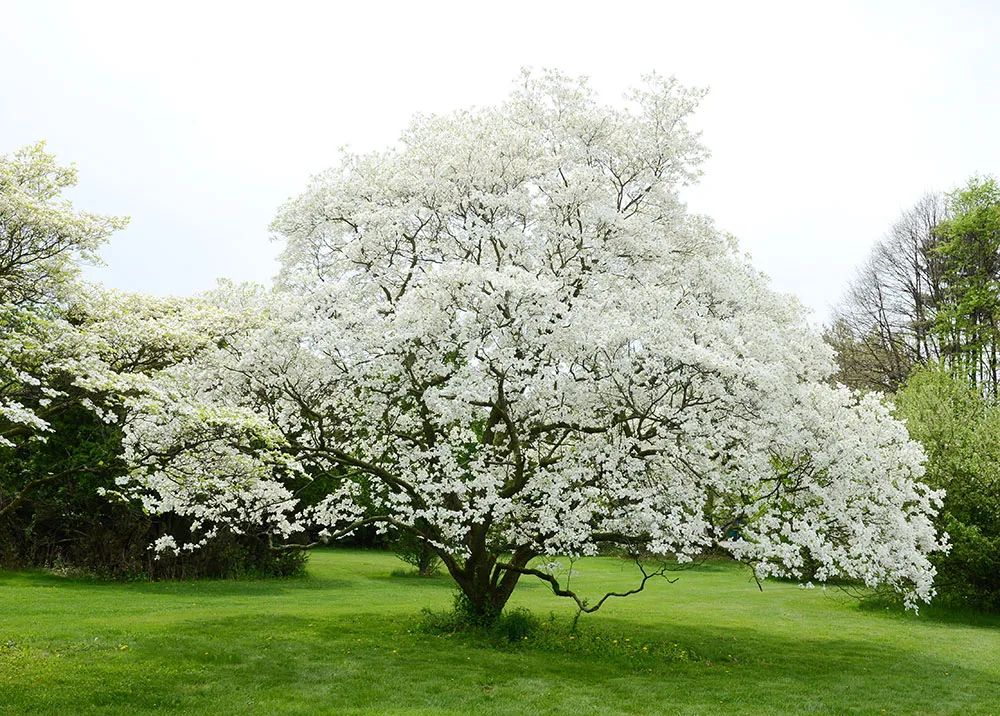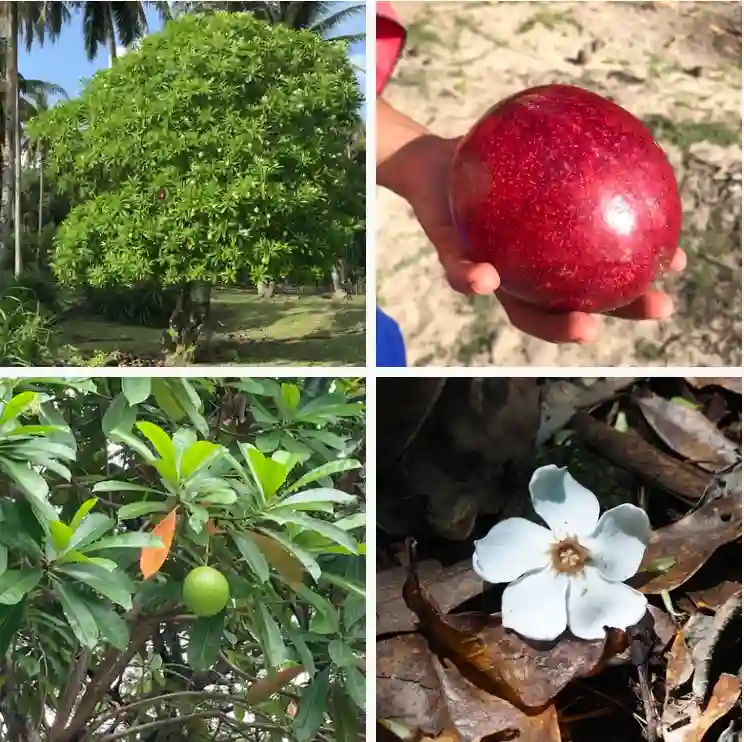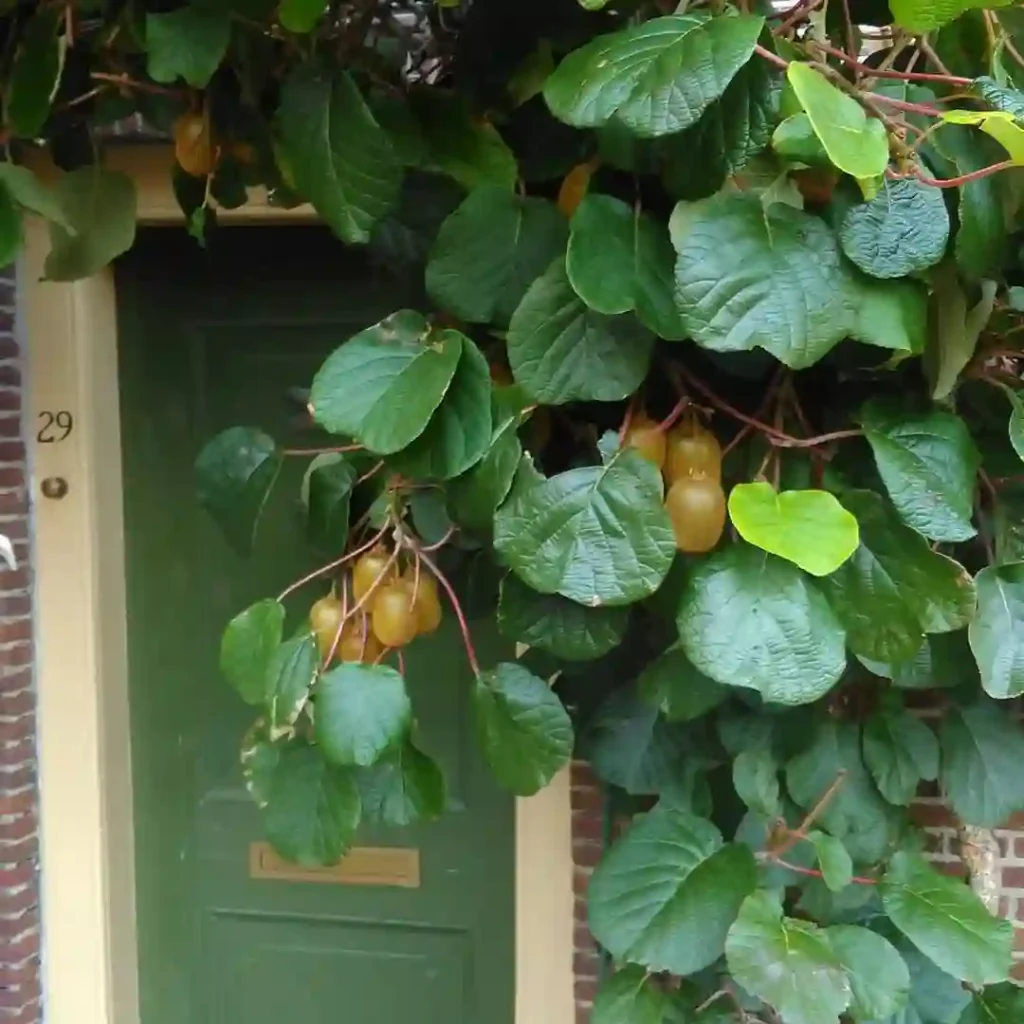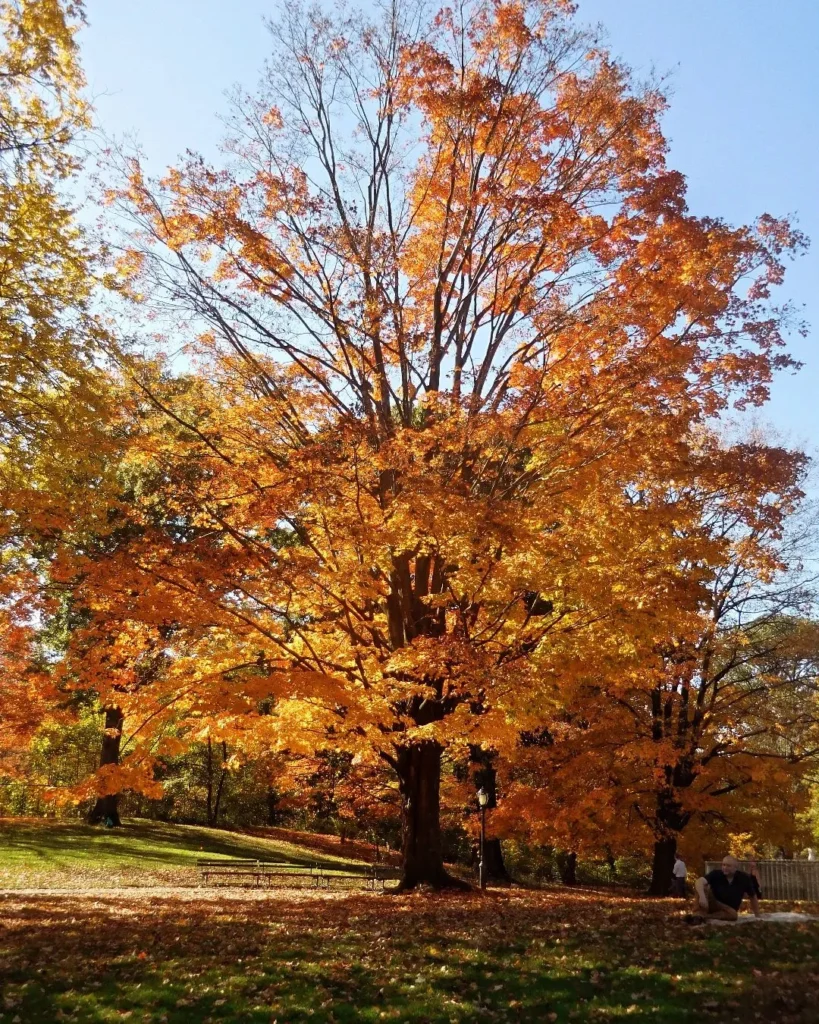Discovering the Vahliaceae Family: A Closer Look at Vahlia
As a passionate plant enthusiast, I often find myself exploring various plant families and their unique characteristics. One such family that has piqued my interest is the Vahliaceae family, particularly the genus Vahlia. This intriguing group of plants offers a blend of beauty and adaptability, making it worthy of exploration.
Understanding the Vahliaceae Family
The Vahliaceae family comprises flowering plants primarily found in tropical and subtropical regions. These plants are known for their diversity and unique adaptations, allowing them to thrive in a range of environments. The family is relatively small, but it holds significant ecological and aesthetic value.
Vahlia, the most recognized genus within the Vahliaceae family, consists of herbaceous plants and small shrubs. The genus was named after the German botanist Gottlieb Wilhelm Vahl, who made substantial contributions to plant taxonomy in the 18th century. The plants in this genus are particularly known for their striking inflorescences and broad leaves, which are characteristic of many tropical plants.
The Beauty of Vahlia
What captivates me most about Vahlia species is their vibrant flowers. The inflorescences typically exhibit shades of yellow, orange, or red, attracting various pollinators, including bees and butterflies. The visual appeal of these flowers is complemented by their lush foliage, which can serve as a stunning backdrop in any garden or landscape.
In my experience, Vahlia plants thrive in well-draining soils, making them ideal for gardeners looking to add tropical flair to their collections. I have found that planting them in a location with partial shade helps enhance their growth while protecting them from the harsh midday sun. Observing these plants flourish in my garden has been rewarding, as they tend to bring a touch of the exotic right to my backyard.
Growing Conditions for Vahlia
When cultivating Vahlia species, it is essential to mimic their natural habitat as closely as possible. They prefer warm climates and are sensitive to frost. Therefore, it’s crucial to ensure that they are planted in areas with temperatures above 60°F (15°C). In colder regions, I recommend growing Vahlia in pots that can be moved indoors during the winter months.
Soil requirements are also significant. I have found that Vahlia plants flourish in well-draining, sandy loam. Adding organic matter, such as compost, can improve soil fertility and structure. Regular watering is necessary, but be careful not to overwater. Allowing the soil to dry slightly between watering sessions encourages healthy root development.
Propagation of Vahlia
Propagating Vahlia can be an exciting endeavor. The most common methods include seed propagation and division. I’ve had success with both methods, but I tend to favor seed propagation due to its ease.
To propagate from seeds, I usually start by soaking them in water for a few hours. This helps soften the seed coat and encourages germination. Planting them in a seed tray filled with a light, well-draining mix has worked well for me. Keeping the soil consistently moist and providing bright, indirect sunlight promotes healthy growth.
For division, I wait until the plant has grown sufficiently large, then carefully separate the clumps. Each division should have healthy roots and foliage. Replanting them in individual pots allows for continued growth and care. Watching these divisions thrive is incredibly satisfying!
Ecological Significance of Vahlia
Beyond their beauty, Vahlia species play an essential role in their ecosystems. The flowers serve as a food source for various insects, contributing to the overall biodiversity of their habitats. Additionally, their foliage can provide shelter and nesting sites for small creatures.
I’ve noticed how attracting pollinators to my garden has also led to a more vibrant ecosystem. The presence of Vahlia not only enhances the visual appeal of my space but also fosters a lively environment where wildlife can flourish.
Conclusion
The Vahliaceae family, with its standout genus Vahlia, offers a fascinating glimpse into the world of tropical flora. My experiences with these plants have taught me the importance of understanding their needs and appreciating their ecological roles. Whether you’re a seasoned gardener or a curious beginner, incorporating Vahlia into your collection can be a rewarding venture.
Exploring the Vahliaceae family has enriched my understanding of plant diversity and their significance in our world. I encourage fellow plant lovers to delve into this family and discover the unique beauty and ecological contributions of Vahlia. With proper care and attention, these stunning plants can thrive in any garden, bringing a touch of the tropics to your doorstep.
If i die, water my plants!



